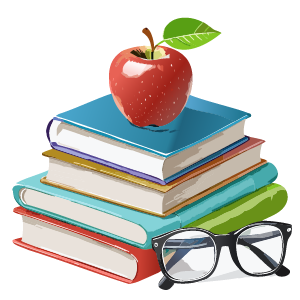Here are some tips to help students with dysgraphia manage tasks and assignments more effectively:
Use Assistive Technology:
- Typing over Handwriting: Allow students to use a computer or tablet for assignments. Typing can reduce the strain of handwriting.
- Speech-to-Text Software: Tools or built-in options like Google Docs Voice Typing can help students dictate their thoughts instead of writing.
- Word Prediction Software: Programs that help predict words as students type, reducing the writing needed.
Break Down Tasks:
- Chunking: Divide assignments into smaller, manageable parts. This can make large tasks less overwhelming.
- Checklists: Provide a checklist for tasks so the student can mark off each step as they complete it.
Provide Alternative Forms of Expression:
- Oral Reports or Presentations: Allow students to present their work verbally instead of in written form.
- Visual Projects: Encourage using diagrams, charts, or other visual aids to demonstrate understanding.
Offer Extended Time:
- Allow extra time for written assignments and tests to accommodate slower writing speed and reduce anxiety.
Use Graphic Organizers:
- Mind Maps or Flowcharts: These tools can help students organize their thoughts before they start writing.
- Outlining Software: Tools like Inspiration or Kidspiration can help students plan their writing more effectively.
Encourage Verbal Communication:
- Oral Responses: Allow students to answer questions orally instead of in writing when possible.
- Collaborative Learning: Pairing students with a partner for group work can help them express ideas without the pressure of writing.
Focus on Content Over Mechanics:
- Reduce Emphasis on Spelling and Handwriting: In the first drafts, focus on the quality of ideas rather than neatness or spelling accuracy.
- Editing Support: Help with editing or proofreading or use tools like Grammarly.
Use Templates and Guides:
- Writing Frames: Provide structured templates for essays or reports that guide students on what to write in each section.
- Sentence Starters: Offer sentence beginnings to help students start their writing.
Provide Positive Reinforcement:
- Celebrate and encourage successes. Building confidence is crucial for students who struggle with writing.
Collaborate with Specialists:
- Work with occupational therapists or special education teachers to tailor strategies that fit the student’s needs.
These strategies can help make tasks and assignments more accessible and less frustrating for students with dysgraphia, allowing them to demonstrate their abilities without the barrier of handwriting difficulties.


